Everything you need to know about tango

Tango is one of the most spectacular and mysterious dances in the world. Passion and restraint coexist in him. Therefore, it perfectly conveys human feelings and emotions.
How and in what country did it originate?
The origin of this dance dates back to the 80s of the 19th century. His homeland is Argentina. In those days, poor immigrants from Latin America, Africa, as well as Southern and Eastern Europe came there. Together with the fleeing sailors and convicts, they created their own community with a unique lifestyle. It was there that the spectacular dance was born.
Tango has a lot in common with Cuban habanera, Spanish country dance, Latin American Candomba and Creole milonga. Initially, the dance was performed to eclectic music played by people from Africa and Latin America.
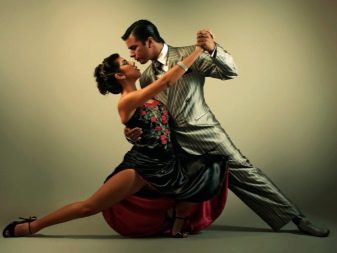
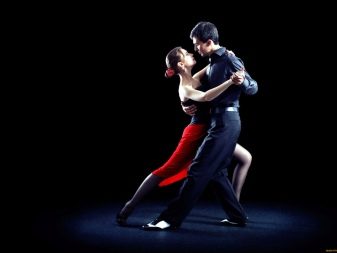
There are also several versions of the appearance of the name of this dance direction.
- African. In East Africa, Tanzania, there is an area called tanga. In Congo, the word "tango" means "circle" or "closed place". It was with this word that the closed meetings of free emigrants who lived in Argentina were designated. It is possible that the name of the dance has African roots.
- Latin. The most common version is the origin of the dance name from the Latin verb tangere. It means to touch, to touch. The dance itself provides for the maximum closeness of people. Therefore, this version is sufficiently substantiated.
- Spanish. According to this version, the name of the dance comes from the Spanish verb - taner. It means "to play a musical instrument." The meaning of this name is quite clear.
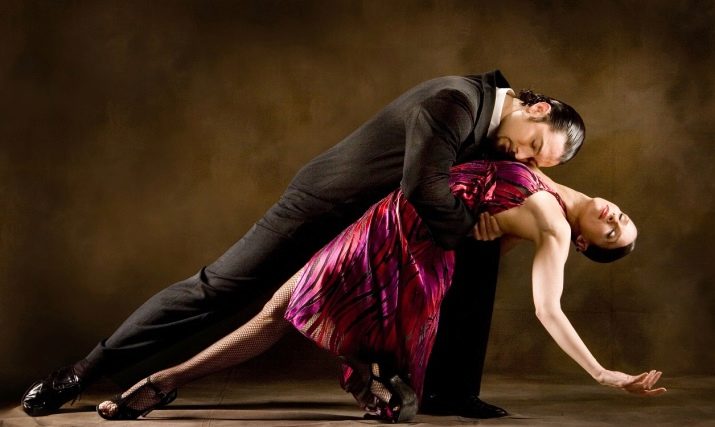
It should be noted that initially only men danced tango.
They showed off their dancing skills to each other and were just having a good time. Women did not take part in such entertainments. But over time, men began to invite girls of easy virtue to dance.
This explains the passion of the dance. In addition, thanks to them, it is likely that a female traditional costume for dancers appeared, consisting of stiletto heels and a narrow dress with a slit at the hip. The attire of male dancers has always been simpler and more restrained. They wore loose-fitting suits and comfortable, narrow-brimmed hats.
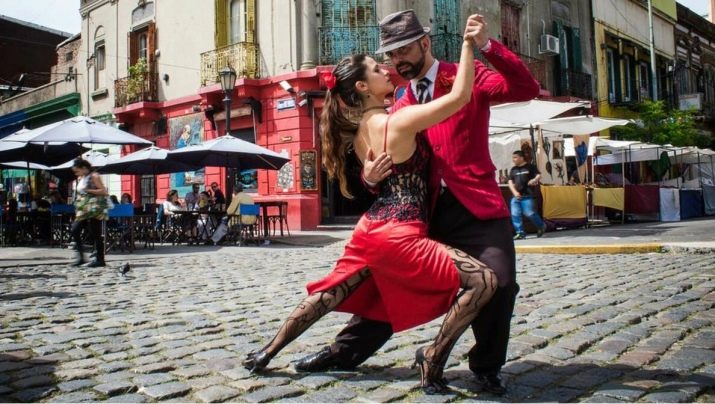
For a long time, tango was treated with disdain. It was considered the dance of ordinary people. Most often, tango was danced in brothels. Therefore, it was treated like a dirty dance.
The situation began to change in the twentieth century. At that time, the dance was introduced in Europe. It is believed that tango was originally seen in Paris. And only then the dance began to spread to other large cities of Europe.
The "golden age" of tango is the period from the 30s to the 50s of the twentieth century. Then a large number of talented performers appeared. Dancing evenings were popular, attended by a large number of young girls and boys.
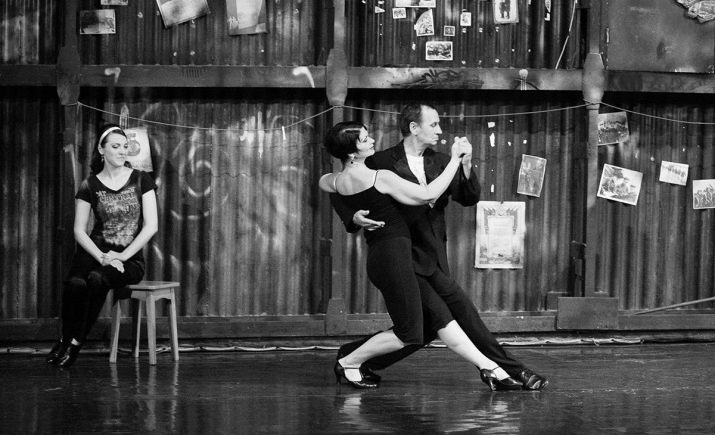
In the second half of the 50s of the last century, the situation changed. The attention of young people shifted to rock and roll, and tango became more theatrical. Interest in tango returned only in the 80s of the twentieth century. Then modern schools of tango began to appear all over the world. In Russia, dance began to gain popularity only after the collapse of the USSR.
In the modern world, tango is practiced by both professionals and amateurs. The spectacular dance attracts representatives of a wide variety of social and age groups.
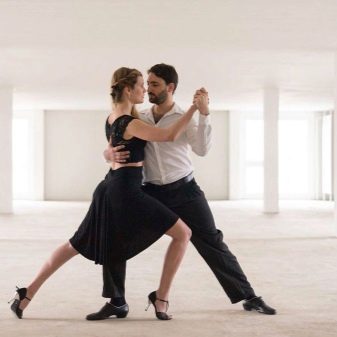

Species overview
There are now several main varieties of tango. They have their own characteristics and distinctive features.
Argentinian
This dance is called social. Its essence lies in getting pleasure and communication with a partner and others. Argentine tango is considered the most authentic. They dance it to classical melodies. There are several different styles of Argentine tango.
- Fantasy. This dance is considered one of the most eccentric. Stage dance is distinguished by a quick step, as well as a large number of intricate poses.
When dancing a tango fantasy, the couple usually tells a dramatic story that is enjoyable to watch.
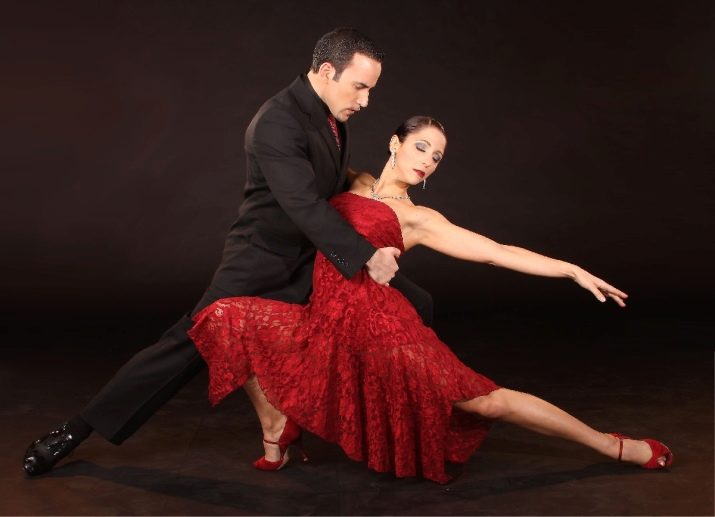
- Kangenge. This form of tango appeared in the 1890s. This dance is characterized by close hugs and movements to the side or forward. The dance also looks impressive and unconventional.
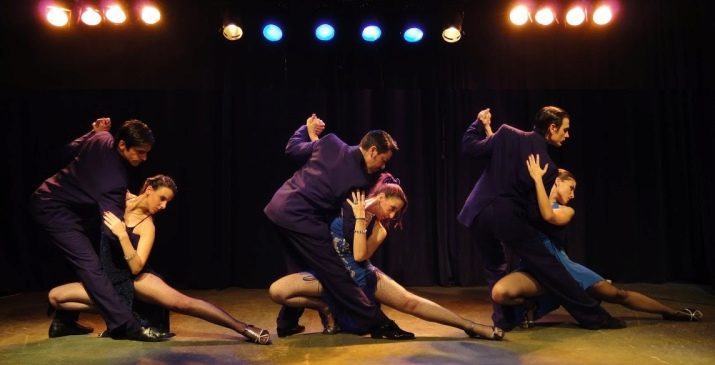
- Orillero. This dance is characterized by a fast rhythm and a large number of complex movements. The peculiarity of this style is that partners are at a distance and can take steps without hugging. He is not very popular.
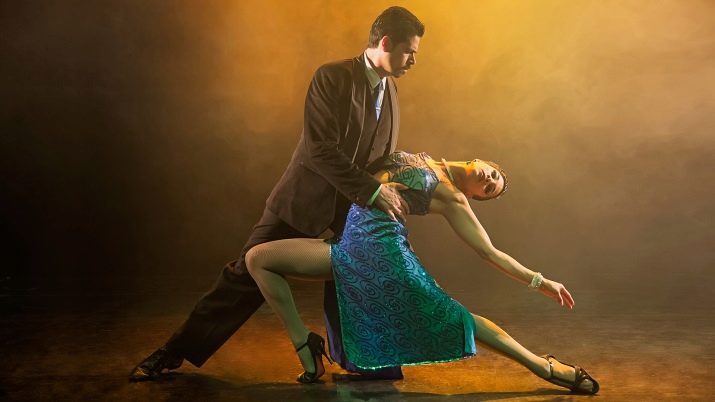
- Milonguero. This dance is characterized by maximum body contact. During the movements, the partners touch their shoulders and actually lean on each other.
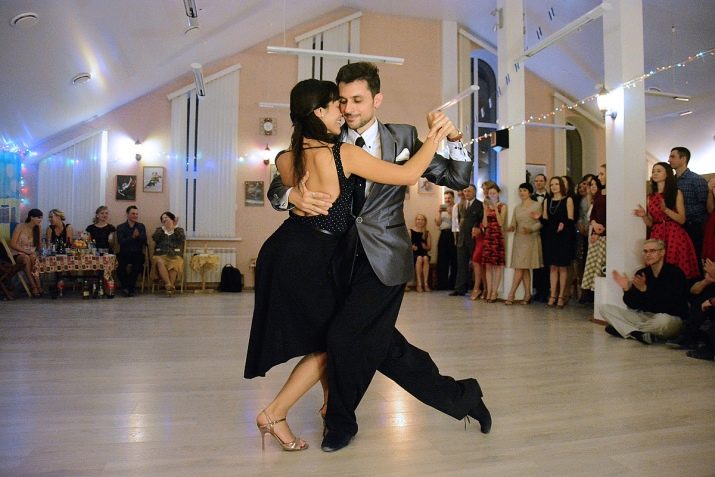
- Salon. In this dance, improvisation is permissible. Therefore, partners are almost unlimited in movement. In addition, the position of the dancers in a pair is more open. Especially when compared to the milonguero.
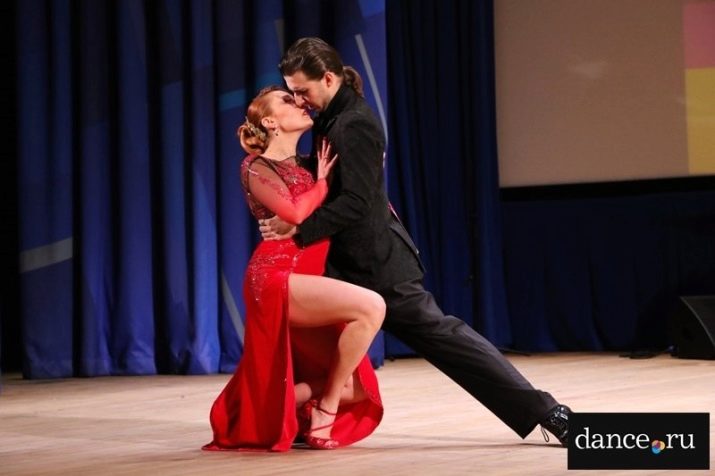
- Nuevo. The name of this dance is translated as "new tango". This direction appeared in the late 80s of the last century. It was founded by Gustavo Naveira. This style is quite democratic. The position of the partners in the dance is open.
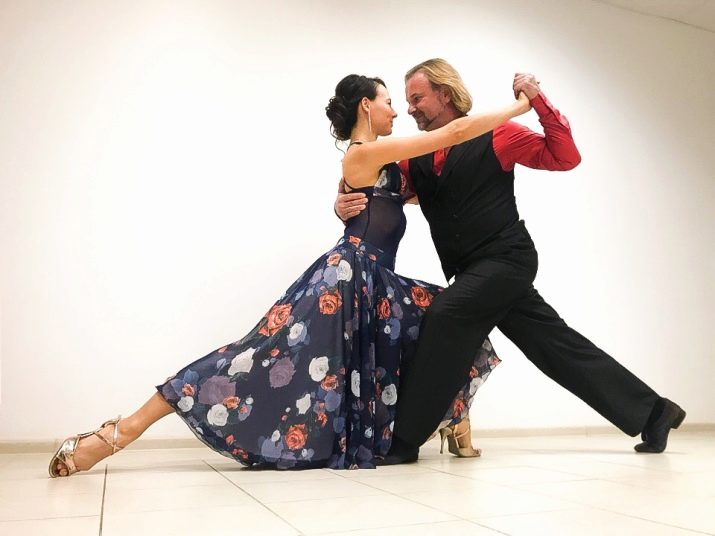
All these styles are characterized by expression and emotionality. Therefore, Argentine tango is ideal for those who want to learn how to dance at an amateur level.
Finnish
This dance direction is the cultural heritage of Finland. It clearly shows the national features of the Finns - delicacy, tact and gentleness. It is characterized by large strides, as well as soft but close contact of the partners' bodies, hips and legs.
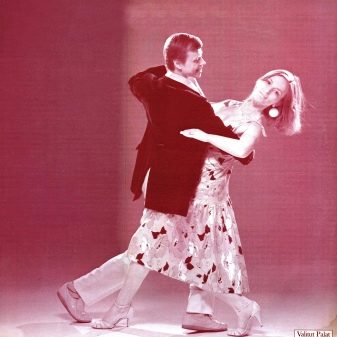

Ballroom
This is a sports dance that is part of the European program and participates in most international competitions. It differs from the Argentine tango in its high speed of movement, as well as in the absence of improvisation. The dance is devoid of passion. All steps are clear and verified.
If Argentine tango is aimed at studying a partner or communicating, then ballroom is focused on conquering the public and demonstrating one's skills.
The music to which he is danced is distinguished by rhythm and clarity.
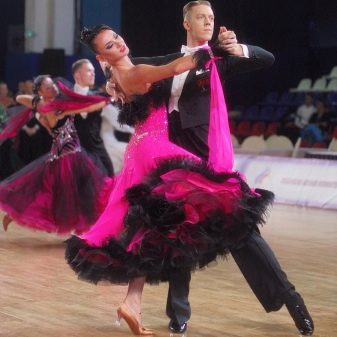
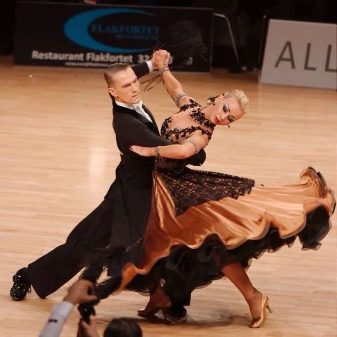
Music
Musical accompaniment is essential for this dance. Traditionally, tango music is played by a small orchestra consisting of a double bass, a violin, two bandoneons and flutes. But if you wish, the melody can be played on one or two guitars. When choosing a melody for tango, you should pay attention to several of the most popular options.
"Por una cabeza" - the name of this melody is translated as "lost his head". It was written during the heyday of tango, in 1935. The author of the melody is Carlos Gardel. She gained universal popularity after the release of the film "The Smell of a Woman". There Al Pacino and Gabriel Anwar performed tango to this melody. A piece of music sounds very beautiful and is remembered for a long time.
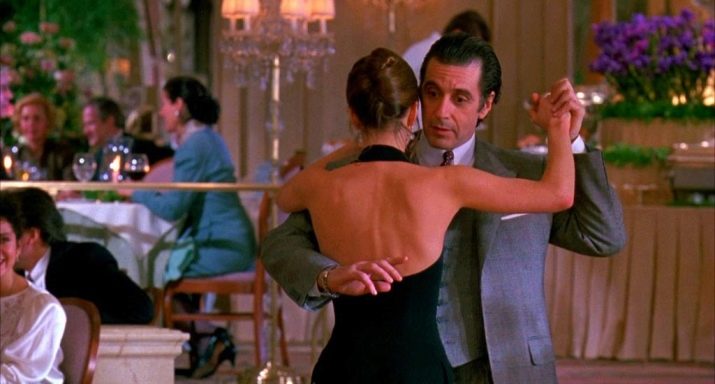
"Espuma de Champagne" - This melody was written in 1935. Two years later, she appeared in the USSR. There she immediately won the love of the public. Now many representatives of different generations also dance to this melody.
"La cumparsita" by Gerardo Hernan Matos Rodriguez. He wrote it at only 19 years old. The composition is known all over the world. Tango lovers can recognize it from the very first notes.

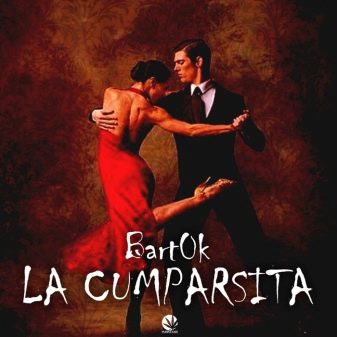
"Hernando's Hideaway" - the famous tune was written in 1954. Since that time, she has sounded more than once in many television shows and films. This is what brought her worldwide fame.
The best way to dance tango is to live music. To get real pleasure from dancing, you need to listen to a large number of different musical compositions and choose the most suitable and pleasant ones for yourself.
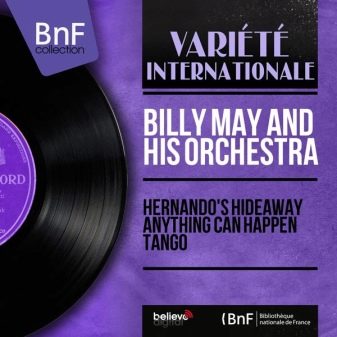
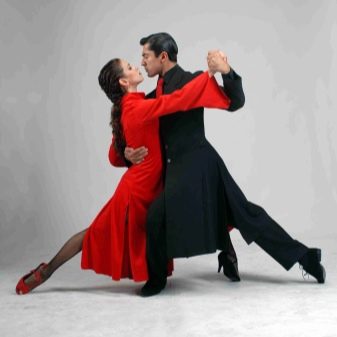
How to learn to dance for beginners?
Learning to dance tango is hard enough. There are several ways to master basic movements and basic steps.
- Studying in the studio. There are many good dance schools now. Both children and adults can attend tango lessons. You can quickly learn to dance in such a school. The main thing is to attend classes regularly, follow step-by-step instructions and not be afraid to make mistakes. Before signing up for classes, it is important to find out all the necessary information about the chosen school and the teachers working there. If possible, you should first attend a trial lesson.
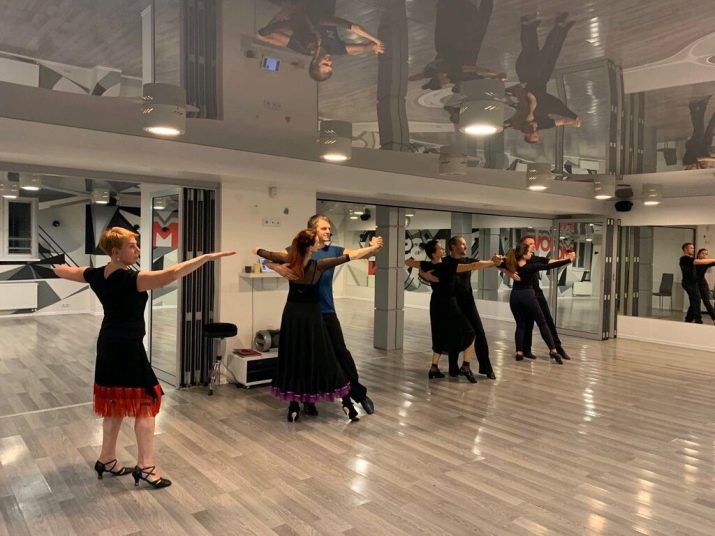
- Trainings with a personal choreographer. Many people need the extra attention of a teacher to learn basic dance figures. In this case, it is best for dancers to seek help from a professional choreographer. He will not only show the master class and explain the features of the dance, but also help you quickly master the necessary movements. It is worth learning from professional dancers.
Don't be afraid to change teachers if they seem unsuitable.
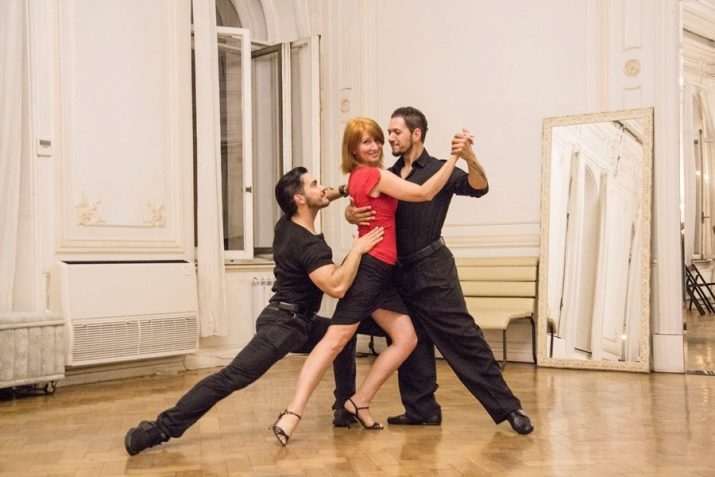
- Online classes. Thanks to the development of technology, dances can be learned on their own. There are a large number of videos on the Internet. Studying them at home, a person can also understand the scheme for performing the basic elements of the dance. But many consider this way of learning tango to be far from perfect. After all, the essence of this dance lies in interaction with a partner. In addition, in this case, no one will be able to point out to a beginner dancer about his mistakes. Therefore, he can learn to perform some movements incorrectly.

To learn how to dance tango, you need to devote at least a couple of hours a week to learning. Regular practice and consistent movement practice are very important. You can practice both in the gym and at home. It is best to do this in front of a mirror.
When practicing dancing, a person should not forget about the following rules.
- Maintain your posture. The dance originated in the poorest areas of Argentina. But over time, it developed. Particular attention has always been paid to posture. To dance tango correctly, the modern dancer needs to control his body. His back should always be straight, his stomach - drawn in. During the dance, the head should be kept slightly raised. In this case, the movements will look beautiful from the side.
- Follow the rhythm. Traditional tango rhythm consists of several basic movements that are constantly repeated. Partners always move in a circle and counterclockwise.
- Choose comfortable clothes for practice. Going to workout, you should choose simple and loose outfits for yourself. In this case, nothing will hold down the dancer, which means that his movements will be light and beautiful.
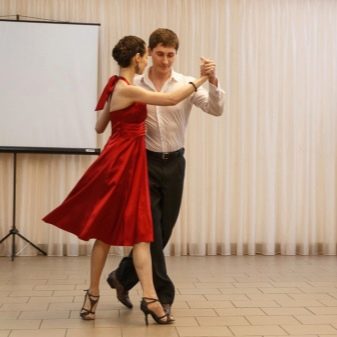
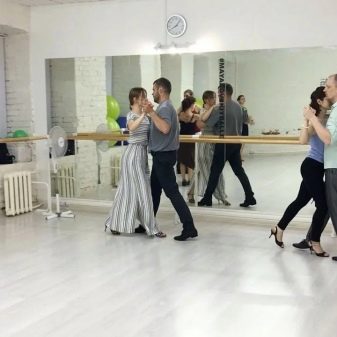
Once you've learned the basics of tango, don't be afraid to go to dance evenings. It is constant practice that will help you develop your skills. Beginners are encouraged to dance with different partners. This will help you better understand your body and develop an individual dance style.
For how to learn the basic steps of tango, see the next video.








